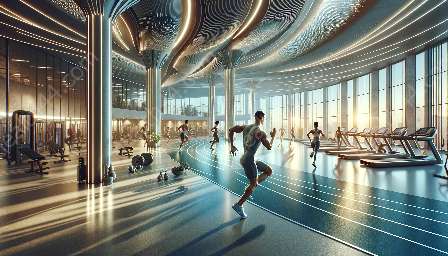Introduction to Special Populations in Fitness
When it comes to fitness and exercise, it is important to understand and address the unique needs of special populations. This includes pregnant women, children, older adults, and individuals with medical conditions or disabilities. Adapting fitness routines and addressing the specific needs of these populations is crucial for promoting health and well-being. In this topic cluster, we will explore the impact of special populations on health related fitness and understand how to adapt exercise programs to accommodate the needs of different age groups and medical conditions.
Health Related Fitness
Before delving into the specific considerations for special populations, it is important to grasp the concept of health related fitness. Health related fitness refers to components of fitness that have a direct impact on an individual’s overall health and well-being. These components include cardiorespiratory endurance, muscular strength and endurance, flexibility, and body composition. An effective fitness program should aim to improve these components while taking into account the unique needs of special populations.
Pregnant Women and Fitness
Pregnancy is a special time in a woman’s life where maintaining physical fitness and well-being is important for both the mother and the baby. Exercise during pregnancy can help women manage weight gain, improve mood, and reduce the risk of gestational diabetes and preeclampsia. However, it is essential to modify exercise routines to ensure the safety of the mother and the baby. Low-impact activities, such as walking, swimming, and prenatal yoga, are generally safe for pregnant women. Additionally, it is crucial to avoid activities that carry a high risk of falling or injury, as well as those that involve lying flat on the back for extended periods.
Children and Fitness
Children have unique fitness needs as they are still growing and developing. Regular physical activity is crucial for children as it promotes healthy growth and development, strengthens bones and muscles, and improves coordination and balance. Encouraging children to engage in a variety of activities, including running, jumping, dancing, and sports, can help them develop a love for physical activity that will last into adulthood. It is important for children to engage in age-appropriate activities and to limit sedentary behaviors, such as excessive screen time.
Older Adults and Fitness
As individuals age, maintaining physical fitness becomes increasingly important for preserving mobility, strength, and independence. Regular exercise can help older adults manage chronic conditions, such as arthritis and heart disease, and reduce the risk of falls and fractures. However, it is important to modify exercise programs to accommodate age-related changes, such as reduced flexibility, muscle mass, and bone density. Activities that focus on balance, coordination, and flexibility, such as tai chi and gentle yoga, are particularly beneficial for older adults.
Adapting Exercise Routines for Special Populations
Adapting exercise routines for special populations requires a tailored approach that considers the unique needs and limitations of each group. This may involve working with fitness professionals who have specialized knowledge and expertise in adapting exercise programs for pregnant women, children, older adults, and individuals with medical conditions or disabilities. Additionally, it is important for fitness professionals to stay informed about current guidelines and recommendations for exercise and physical activity for special populations.
Conclusion
Understanding and addressing the needs of special populations in fitness is essential for promoting health and well-being across diverse age groups and medical conditions. By adapting exercise routines to accommodate the unique needs of pregnant women, children, older adults, and individuals with medical conditions, it is possible to enhance the overall impact of fitness on health related fitness. Embracing the diversity of special populations in fitness and providing inclusive and tailored exercise programs contributes to a more holistic approach to promoting physical activity and well-being for all.





















